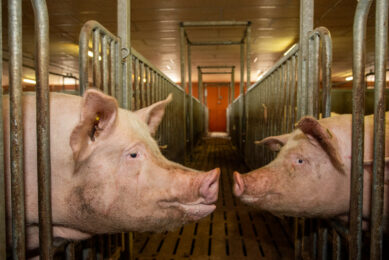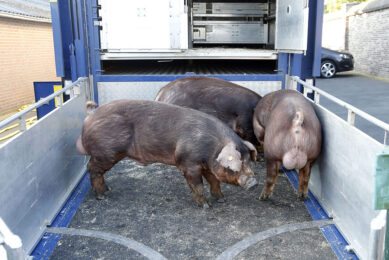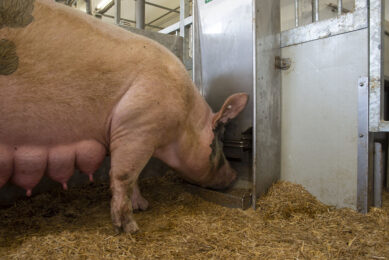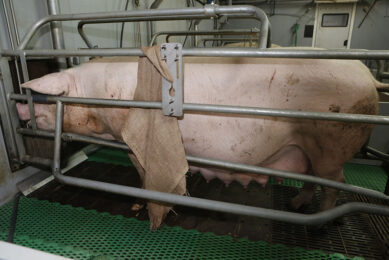Addressing sow lameness and mortality with rubber mats
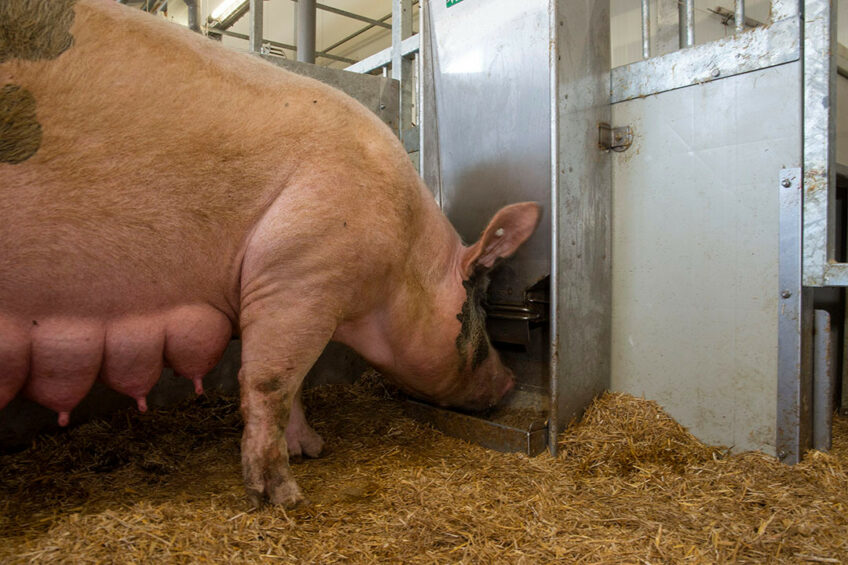
Lameness in breeding sows is the number one identified cause of mortality and one of the top 3 reasons for early removal of the sow from the herd. Health and welfare expert Dr Monique Pairis-Garcia points to recent research at Pipestone Veterinary Clinic in the US where novel approaches are being tested to avoid group housing being the cause of lameness.
On a global scale, sow mortality is at the highest ever recorded, with an estimated 13.6% sow loss annually. Of these losses, 25-30% of deaths are attributed to lameness. Sow lameness is not only a significant animal welfare issue due to the negative affective state of pain experienced by the sow, but sows leaving the herd prior to the third parity are a significant economic loss as individual sow cost has yet to be paid off, and capital associated with production and retention are lost.
A link with group housing for sows
Although different factors have been shown to contribute to sow mortality, the conversion of farms from individual stalls to group housing has significantly increased lameness prevalence and mortality associated with lameness.
Current legislation across dozens of countries requiring gestating sows to be placed in group housing has made this situation worse, given sows housed in group settings have a 1.3 higher incidence rate of dying compared to stalled housed sows. In addition, lame sows are commonly treated with antibiotics to combat secondary infection, contributing to increased antibiotic use on commercial farms, a significant ethical dilemma of concern as a potential contributor to antimicrobial resistance on-farm.
It appears we need to spend more time thinking about flooring
Thinking more about flooring
It is unlikely that housing legislation will be overturned, or farms will transition back to stalls, so what options do we have to manage and prevent lameness moving forward? Well, it appears we need to spend more time thinking about flooring.
Typical gestation farms are composed of concrete flooring with a combination of slats and solid flooring. Although concrete has benefits in its durability and ease of cleaning, the rough and abrasive nature of concrete results in damage to the hoof and legs of sows that are constantly housed.
To combat this, swine farms are working sow lameness and associated mortality using rubber mats. At a Pipestone managed sow farm, rubber mats were manufactured, laser cut and installed in a pen with a stocking density of 32 sows/pen as a pilot project. In a little over a six-month period, sows housed in the rubber mat pen demonstrated an 18% reduction in treatment rate and antibiotic use compared to sows group housed on concrete.
Likely decrease in sow mortality
This will likely also result in a decrease in mortality although results are still pending. This project has been expanded to include more pens with rubber mats may be a reasonable, efficient and effective means to improve sow health and productivity without compromising individual sow welfare.



